Semiconductors form a small but scoring chapter in the NEET Physics syllabus. Introduced at the end of NCERT Class 12 Physics (Chapter 14), it often gets ignored—yet, 1–2 direct and factual questions are almost guaranteed every year.
Why it matters:
- Questions are straightforward—mostly memory-based
- Includes theory, logic gates, and diode-based MCQs
- Requires very little calculation
- Scoring potential: 4 marks in under 2 minutes
In this blog, you’ll learn:
- Band theory of conductors, insulators & semiconductors
- Working and behavior of a PN junction diode
- Forward and reverse biasing logic
- Truth tables and logic gates asked in NEET
Previous year NEET papers reveal key trends.
Explore Deeksha Vedantu Long Term NEET Coaching to boost your NEET Scores today.
NEET Weightage: Semiconductors & Logic Gates
Based on NEET trends from 2020 to 2024, you can expect 1 question from this chapter in almost every paper.
How questions are framed:
- Logic Gate Questions: Identify output from a combination or truth table
- PN Junction Diode: Current flow based on forward/reverse bias
- Application-Based MCQs: Use of diodes in circuits or identifying n/p-type semiconductors
Why it’s High ROI:
- Entire chapter can be revised in 1–2 hours
- Most questions come directly from NCERT
- No complex derivations or numericals
Mock tests boost speed and accuracy.
Conductors, Insulators & Semiconductors: Band Theory
Understanding the energy band theory is key to distinguishing between different types of materials.
Energy Bands Basics
- Valence Band (VB): Highest occupied energy band
- Conduction Band (CB): Next higher band where electrons can move freely
- Band Gap (Eg): Energy difference between VB and CB
| Material | Band Gap Behavior | Conduction Nature |
| Conductor | No gap or overlapping VB & CB | Electrons move freely |
| Insulator | Very large gap (Eg > 5 eV) | No conduction at room temp |
| Semiconductor | Small gap (~1.1 eV for Si) | Limited conduction (increases with temp) |
Intrinsic & Extrinsic Semiconductors
Intrinsic Semiconductors
- Pure elements like Silicon (Si) and Germanium (Ge)
- Conductivity increases with temperature
- Equal number of electrons and holes
Extrinsic Semiconductors
- Doped with impurities to increase conductivity
- n-type:
- Donor atoms (like P, As)
- Provide extra electrons → majority carriers = electrons
- p-type:
- Acceptor atoms (like B, Al)
- Create holes → majority carriers = holes
NEET often asks: “Which dopant creates an n-type semiconductor?”
PN Junction Diode & Its Behavior
Formation of a PN Junction
- A PN junction is created by combining p-type and n-type semiconductors.
- At the junction, electrons from the n-side recombine with holes from the p-side, forming a depletion region.
- A potential barrier is created that opposes further diffusion.
Biasing in Diodes
Forward Bias:
- p-side connected to +ve terminal
- Reduces potential barrier → current flows easily
- Diode is ON
Reverse Bias:
- p-side connected to –ve terminal
- Increases potential barrier → current doesn’t flow (only small leakage current)
- Diode is OFF
Diode Characteristics
- VI curve shows that:
- No current flows in reverse bias
- In forward bias, current shoots up sharply after a certain voltage (threshold)
- Cut-in Voltage (Silicon): ~0.7 V
- Cut-in Voltage (Germanium): ~0.3 V
NEET Focus Areas
- Current direction through a PN junction in different biasing
- Identifying forward vs reverse bias in a circuit
- Diagram-based MCQs with battery and diode placement
Typical NEET Question:
“If the p-side is connected to –ve terminal of a battery, is the diode forward or reverse biased?”
Logic Gates: AND, OR, NOT, NAND, NOR
Logic gates form the digital backbone of modern electronics and are a guaranteed part of NEET Physics, often tested via truth tables or symbolic circuits.
Basic Logic Gates
These are the fundamental building blocks used to design digital circuits:
- AND Gate:
- Output is 1 only when both inputs are 1
- Logic expression: A·B (multiplication logic)
- OR Gate:
- Output is 1 if any one input is 1
- Logic expression: A + B (addition logic)
- NOT Gate:
- Inverts the input
- Logic expression: ¬A or A̅
These three are the primary gates from which complex logical circuits are built.
Universal Gates: NAND & NOR
NAND and NOR gates are called universal because you can construct all other gates using just one of them.
- NAND Gate:
Output is inverted AND → - NOR Gate:
Output is inverted OR →
NEET frequently includes logic circuits using NAND/NOR gates—so knowing their truth tables is essential.
Truth Tables You Must Know
| Gate | Inputs (A, B) | Output | Logic Expression |
| AND | 0,0 → 0 1,1 → 1 | 1 only if both 1 | A·B |
| OR | 0,1 → 1 1,1 → 1 | 1 if any input 1 | A + B |
| NOT | A = 0 → 1 A = 1 → 0 | Inverts input | ¬A or A̅ |
| NAND | A·B → Inverted | 0 if both 1 | ¬(A·B) |
| NOR | A + B → Inverted | 1 only if both 0 | ¬(A + B) |
Most Expected Questions from Semiconductors in NEET
Based on NEET trends, here are the most predictable question types:
- Identify diode biasing
- Given circuit → tell if the diode is forward or reverse biased
- Find the output of a logic gate circuit
- Combine truth tables to compute final result
- Which impurity leads to n-type or p-type semiconductor?
- Memory-based question on dopants (Boron, Phosphorus, etc.)
- Truth table-based MCQ
- Match the output to the correct gate logic
- Matching type (gate ⇌ function)
- Match gates like AND, NAND, etc. with their truth table behavior or symbol
High chances of 1 direct MCQ from this set in NEET Physics.
NEET PYQs: Solved Examples
Q1. A diode is connected in a circuit with the p-side towards the battery’s positive terminal. What is the biasing condition?
Solution:
p-side to +ve → Forward Bias
Answer: Forward Bias
Q2. Which of the following will result in an n-type semiconductor?
- A) Doping Si with Boron
B) Doping Si with Phosphorus
C) Doping Ge with Gallium
D) Doping Ge with Aluminium
Solution:
Phosphorus = Donor → n-type
Answer: B) Doping Si with Phosphorus
Q3. What is the output of the logic gate for A = 1, B = 0 in an AND gate?
Solution:
AND gate = A·B = 1×0 = 0
Answer: 0
Q4. Which gate gives output 1 only when both inputs are 0?
Solution:
NOR gate → Only gives 1 when A = 0 and B = 0
Answer: NOR Gate
Revision Tips for Semiconductors
📌 Stick to NCERT language
NEET rarely goes beyond it for this chapter.
📌 Create a mini flashcard with all 5 logic gate truth tables
Revising this alone helps you crack any logic-based MCQ.
📌 Practice 10+ diode-based MCQs
Especially for forward/reverse bias identification in circuits.
📌 Do NOT skip this chapter during final revision
Takes less than 2 hours to fully master—and it’s a free 4 marks.
FAQs on Semiconductors for NEET
Q: Is Semiconductors an easy chapter for NEET?
A: Absolutely. It’s one of the most scoring chapters in NEET Physics. Questions are primarily theory-based, sourced directly from NCERT Class 12, and rarely require complex calculations. With a bit of focused preparation, full marks are very achievable.
Q: Do logic gates come every year in NEET?
A: Almost every year. You’ll typically see 1 question related to either:
- Truth table evaluation, or
- A PN junction diode circuit with forward/reverse bias analysis
This trend has remained consistent in NEET from 2020 to 2024.
Q: What should I revise in the last minute for this chapter?
Before the exam, quickly go over:
- Truth tables of AND, OR, NOT, NAND, NOR
- VI characteristics of diodes (with cut-in voltage)
- How to identify forward and reverse bias
- Donor vs. acceptor dopants (n-type vs. p-type)
Even a 30-minute revision of these will help you crack the question with confidence.
Check out our NEET Residential Coaching option for focused preparation.
Conclusion
Semiconductors might be the last chapter in your Physics textbook, but in NEET, it’s a first-choice scoring opportunity.
Unlike other chapters that involve deep derivations or lengthy numericals, this one is:
- Direct
- Diagram-based
- Mostly factual
To score full marks from this chapter, focus on:
- NCERT theory (especially boxes and diagrams)
- Concept of diode biasing and how current behaves
- Truth tables for logic gates and their symbols
Table of Contents




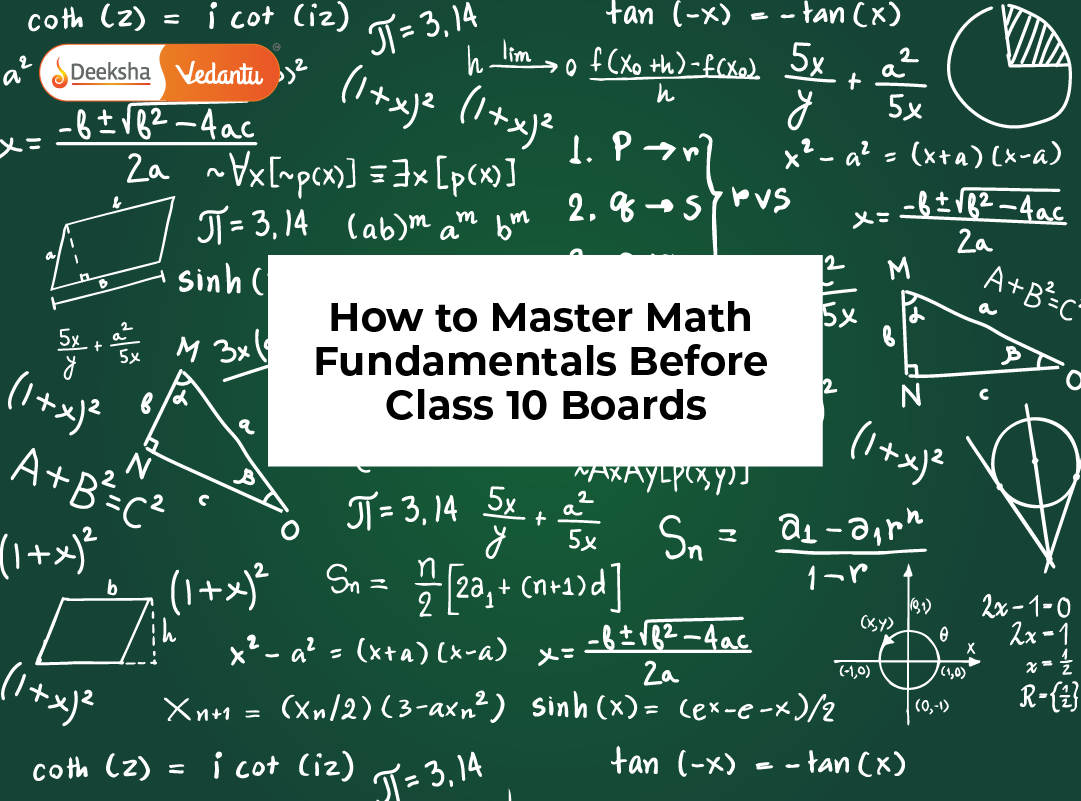
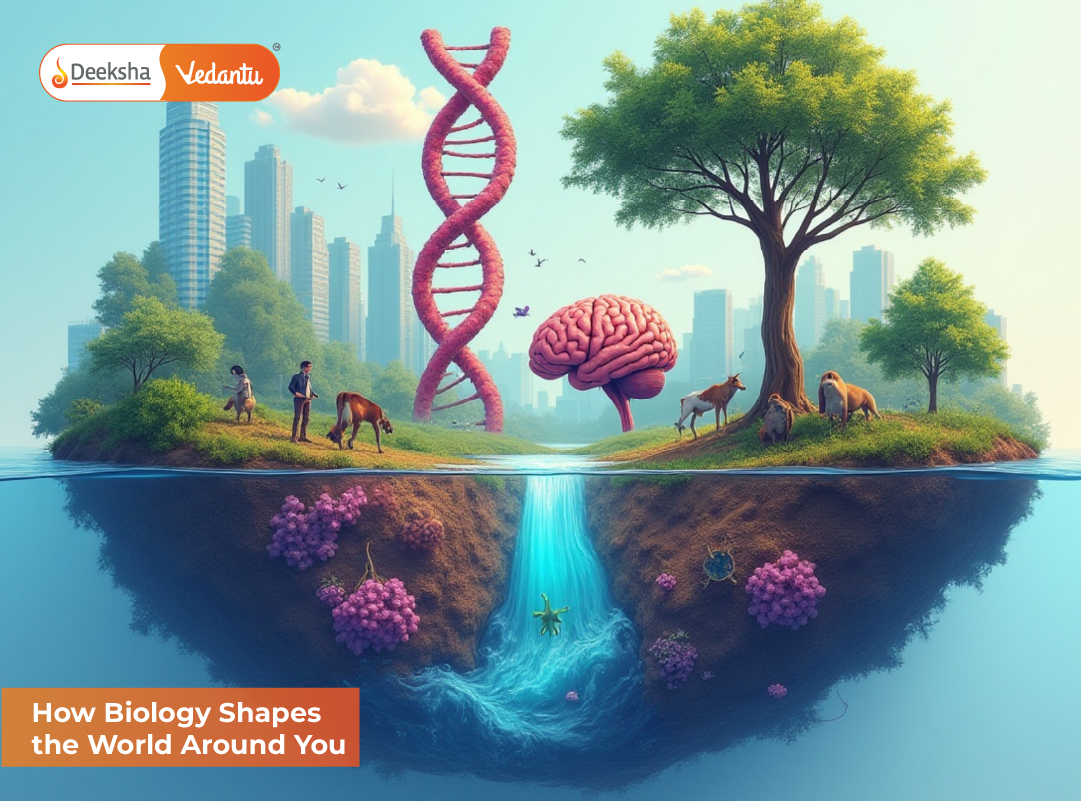

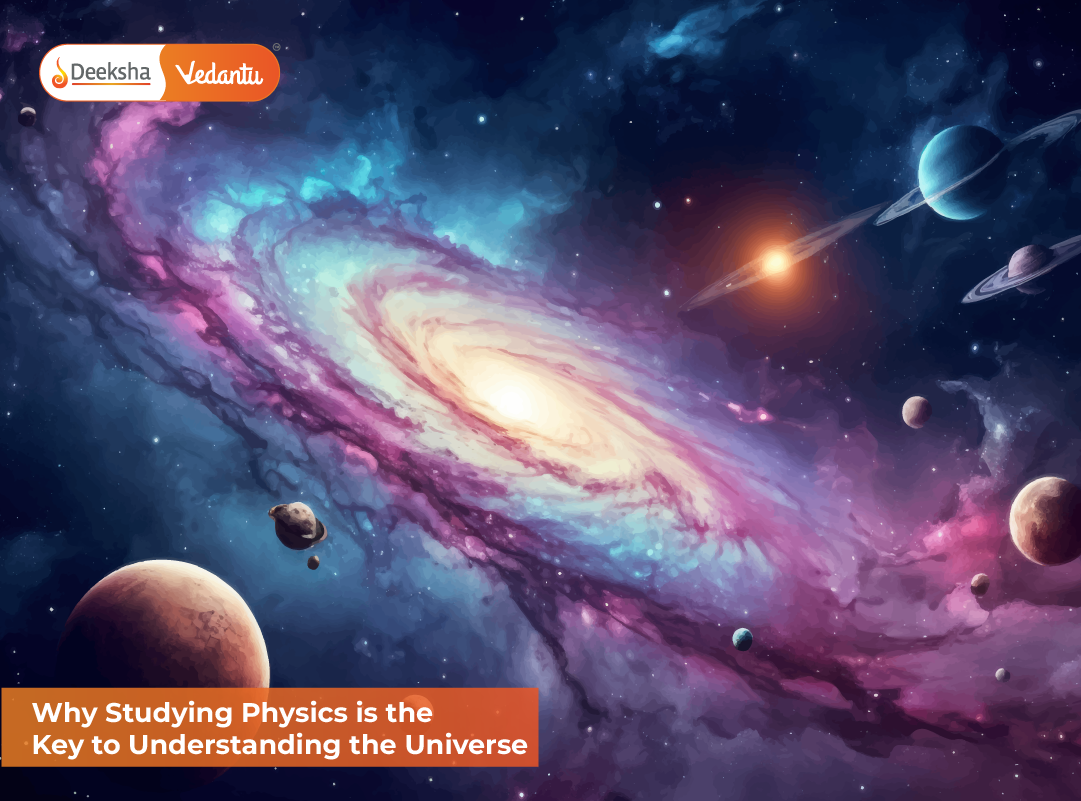
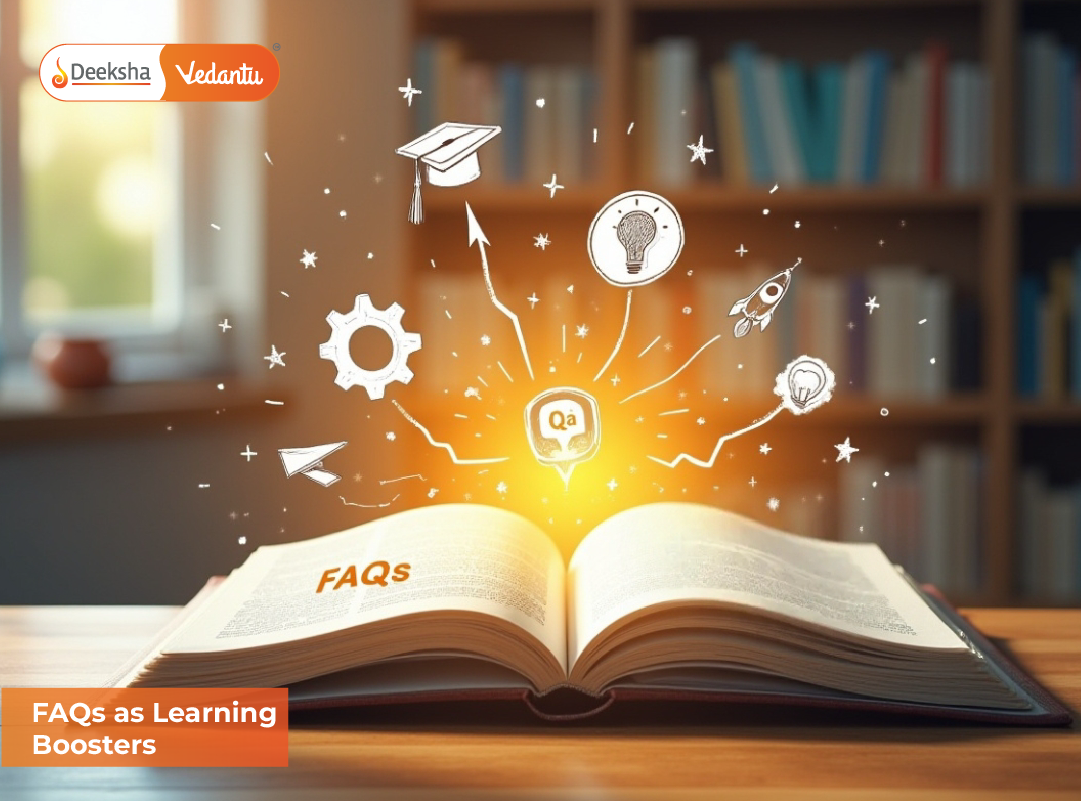
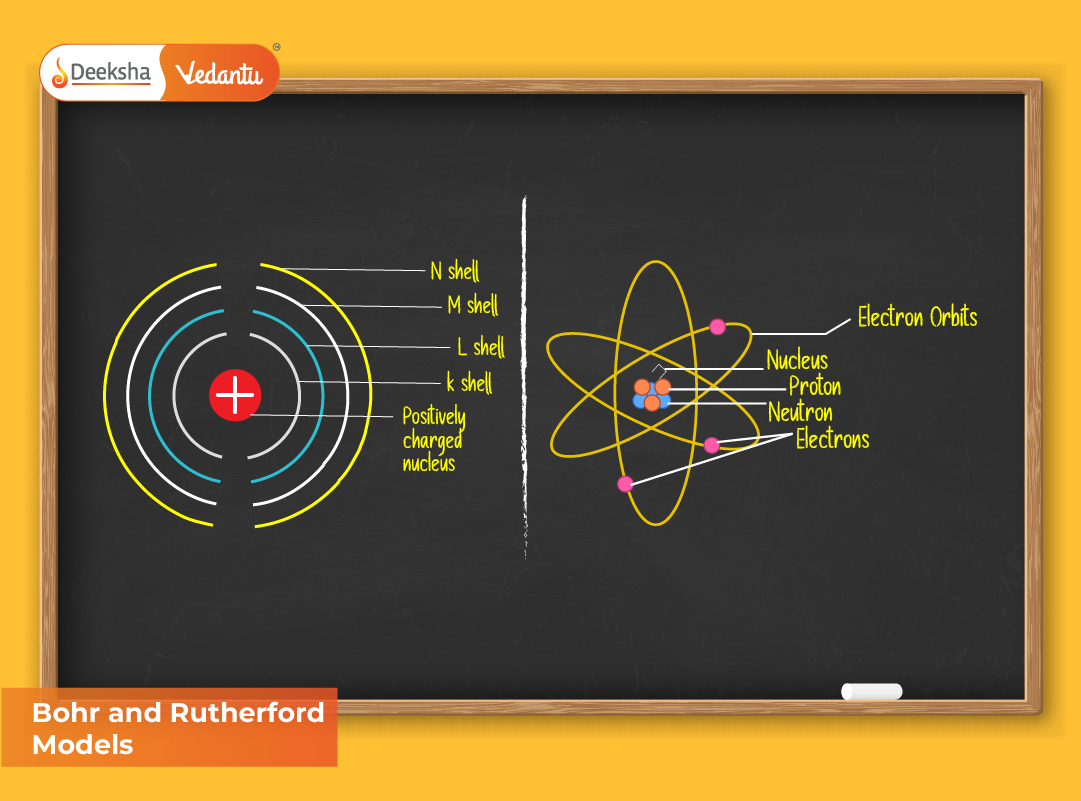
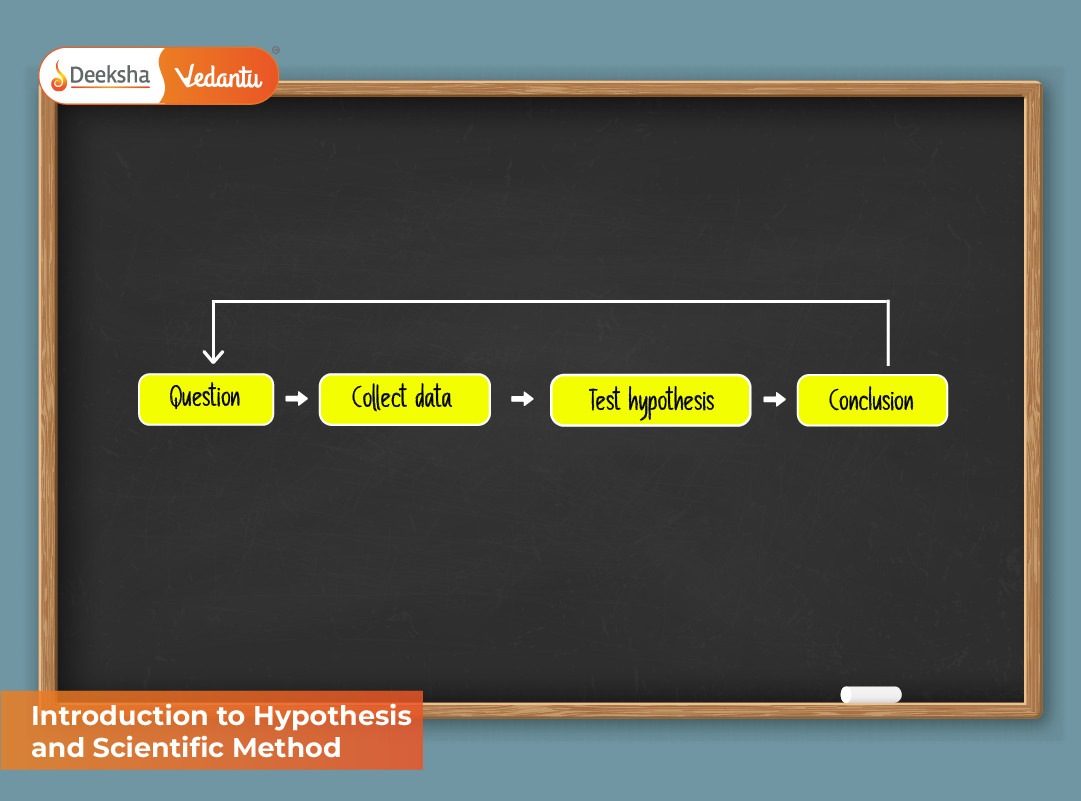
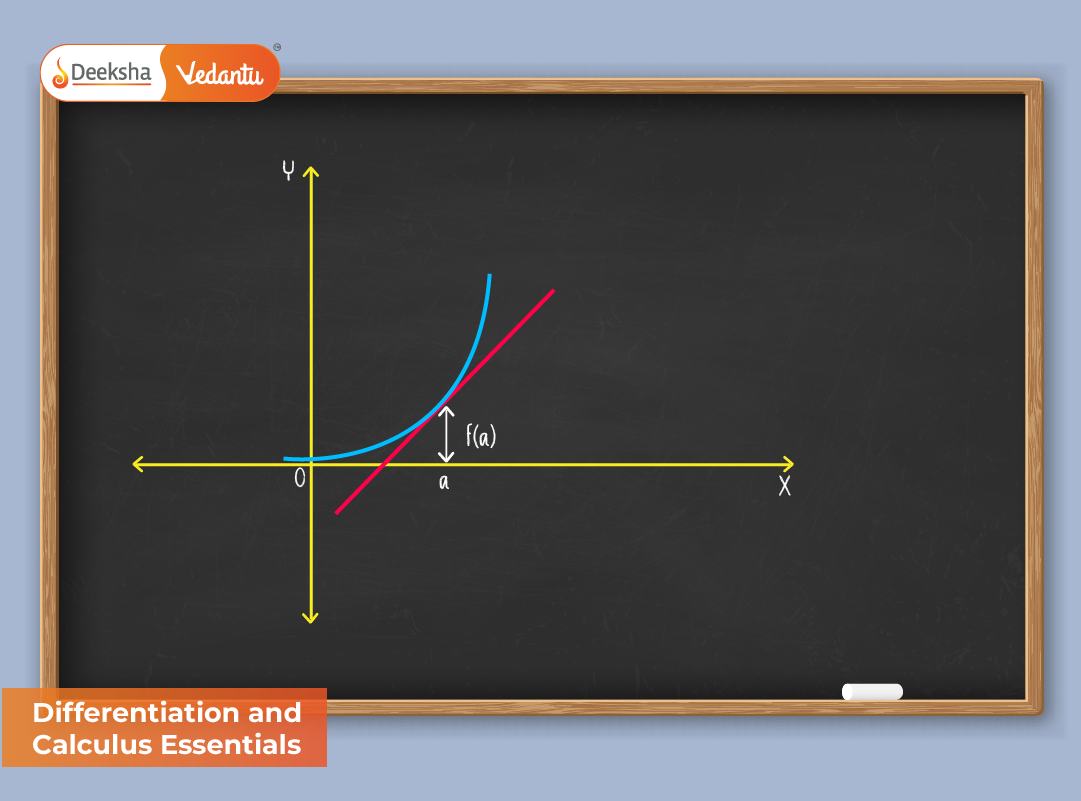


Get Social